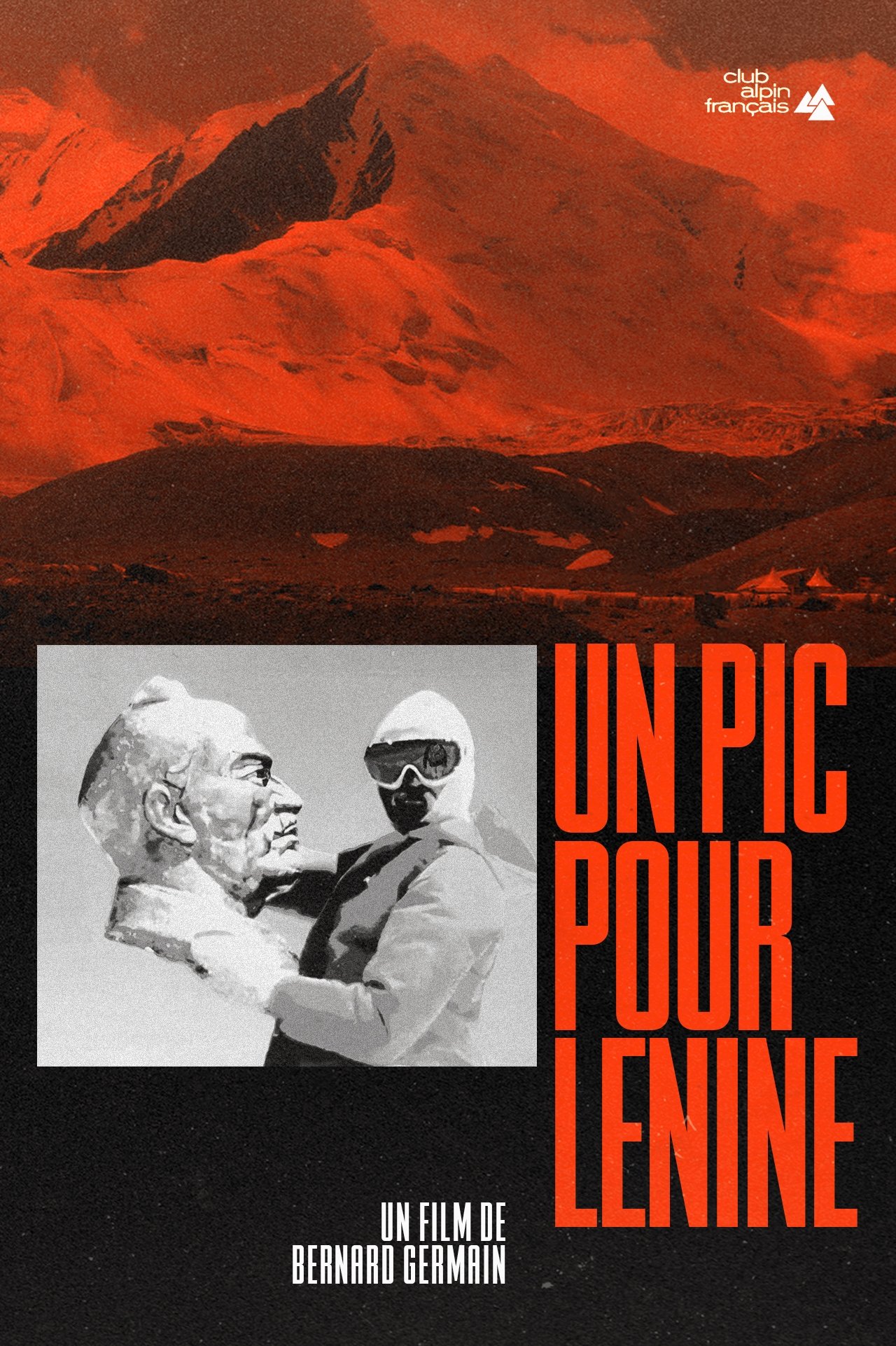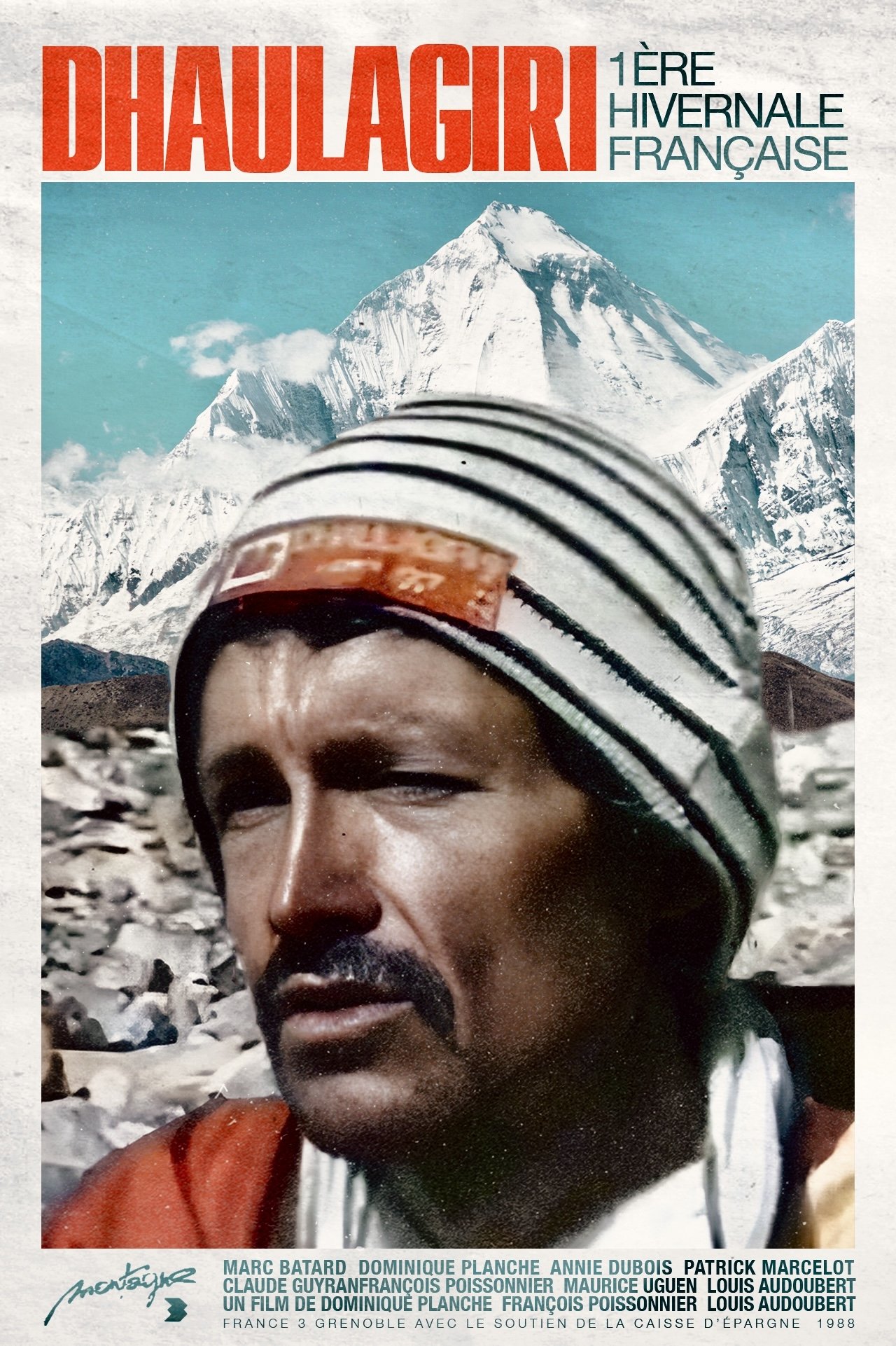In the Shadow of Karakorum (1955)
• August 3rd, 1955 • 1h 27min
Documentary
Overview
In 1954, a German-Austrian expedition led by Mathias Rebitsch set off for the difficult-to-access Karakoram Mountains, geographically north of the Himalayas. They come across the Hunza, a people who live in the valley of the same name and believe they are descended from the soldiers of Alexander the Great. The documentary conveys impressions of the poor life of the Hunza people, the harvest, a court hearing, festivals and the children's everyday school life. Finally, the expedition sets off again and sets up its main camp on the moraine ridge of a glacier, where they measure the glacier and the earth's magnetic field. Finally, some men from the research community set off for a sub-peak of Batura.
Make sure to check your pop-up blocker!!
Trailer
Similar Movies
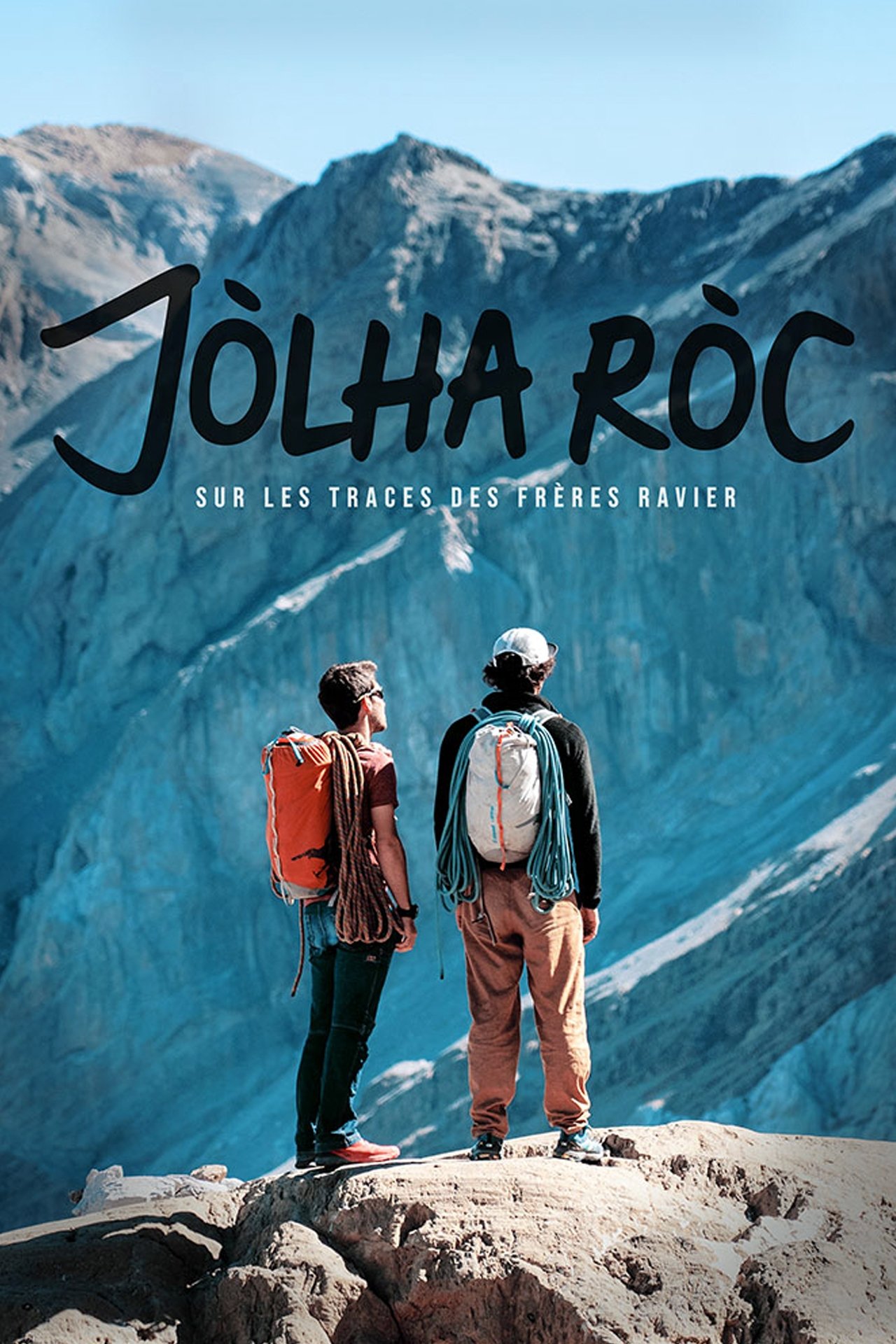
Jòlha Ròc, following in the footsteps of the Ravier brothers
Released on: 2020-11-21
Documentary, Adventure
Bastien Lardat and Jordi Noguere, two rope brothers, invite us to pay tribute to the pioneers of mod...

Jean Claude Droyer, Unconditional Freedom
Released on: 2004-01-01
Documentary
Portrait of Jean-Claude Droyer, a famous French climber and mountain guide. He is known for having p...
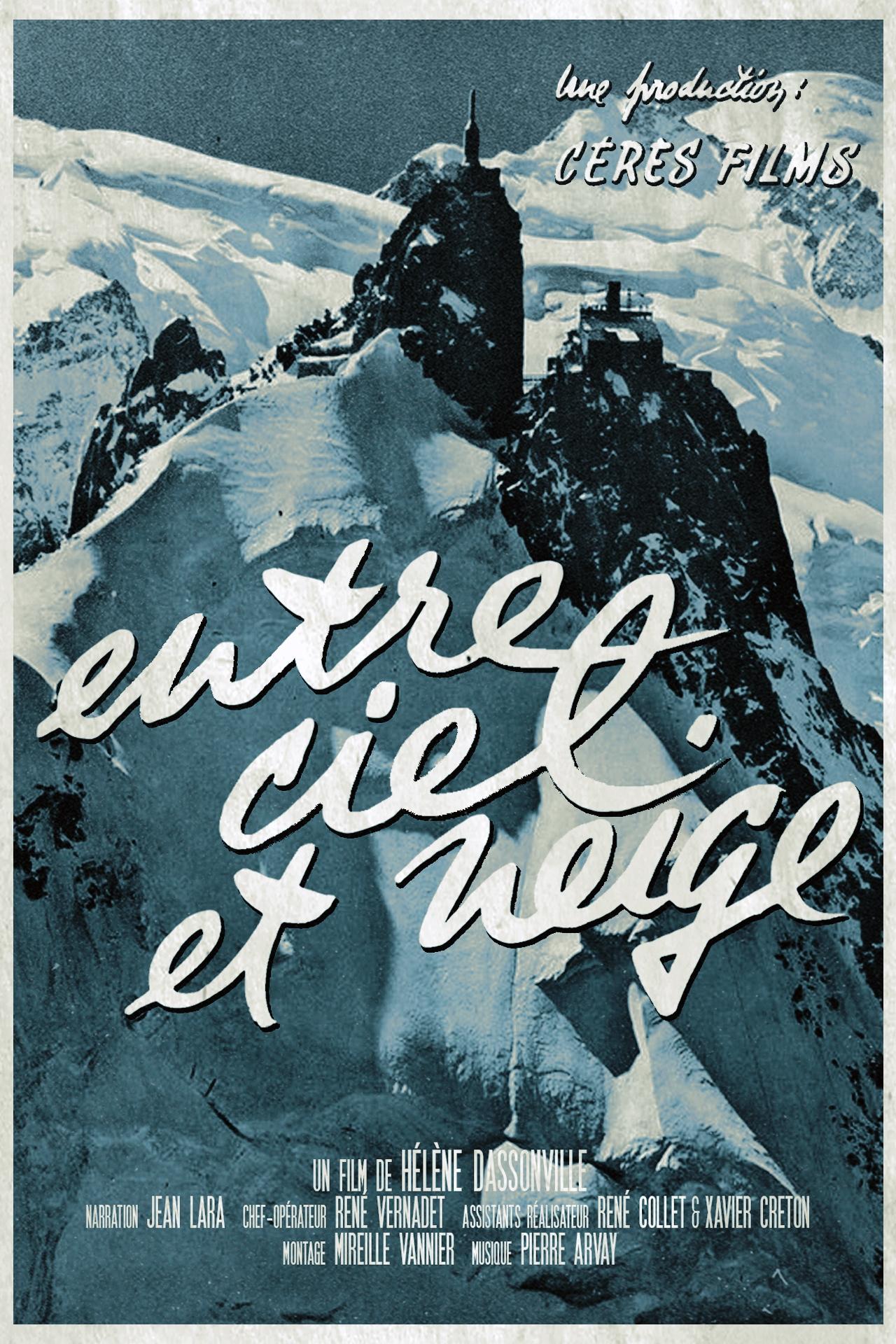
Entre Ciel et Neige
Released on: 1960-01-01
Documentary, Adventure
René Collet, skier member of the French team, guides a friend from the summit of the Aiguille du Mid...

King Lines
Released on: 2007-03-01
Adventure, Documentary
King Lines follows Chris Sharma on his search for the planet's greatest climbs. From South American ...
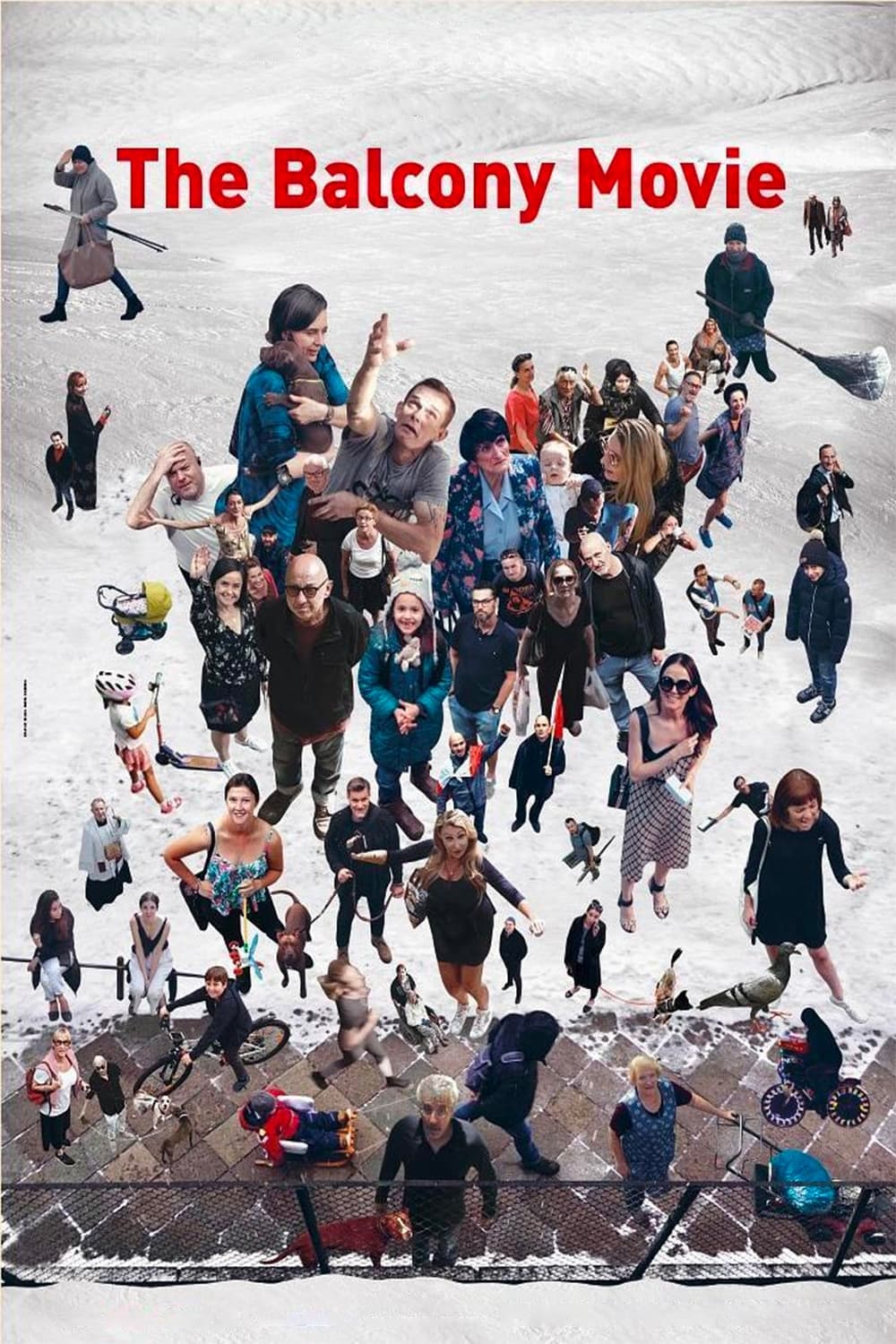
The Balcony Movie
Released on: 2021-08-07
Documentary
Composed from the conversations that the director holds with people passing by in the street under h...
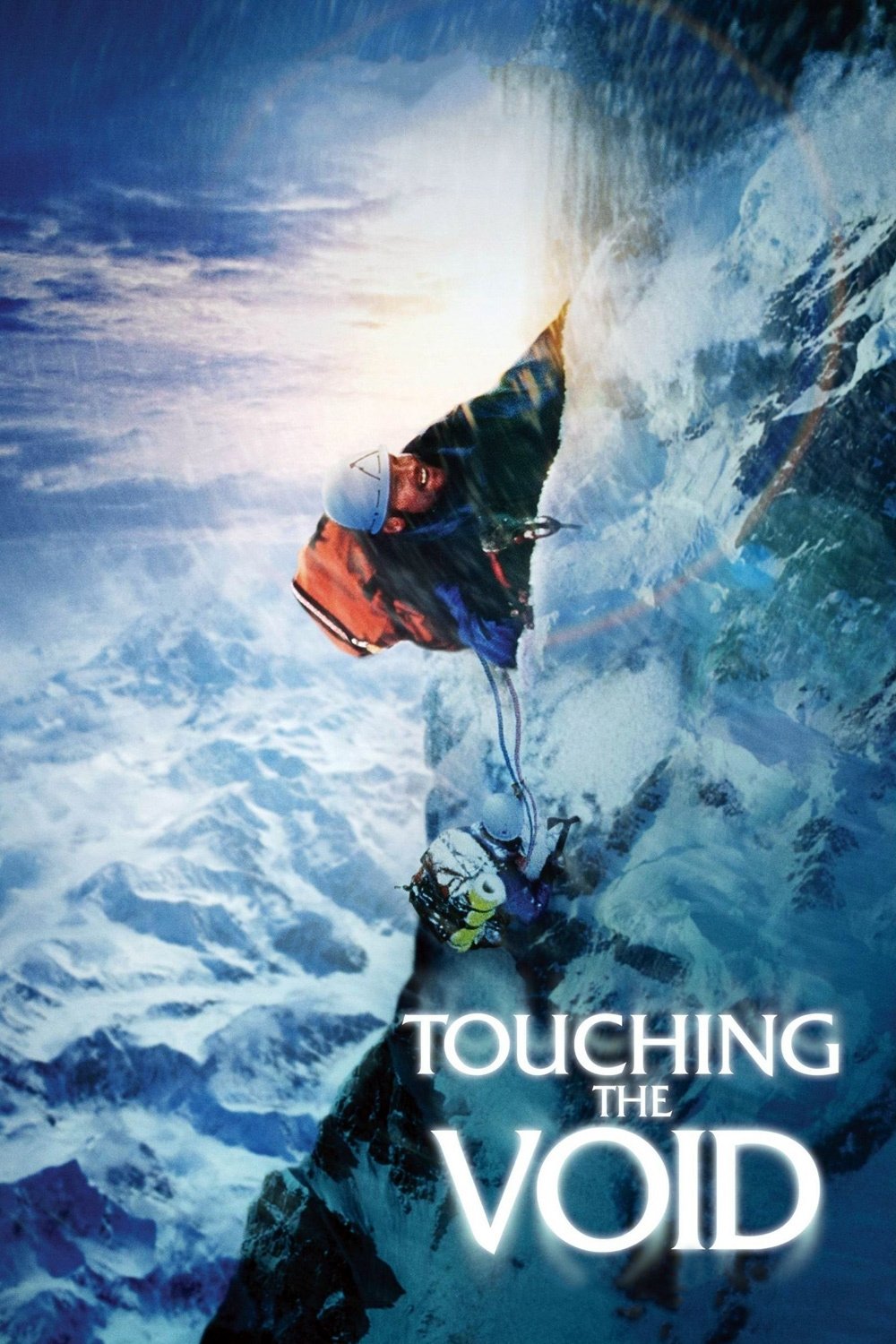
Touching the Void
Released on: 2003-09-05
Documentary, Action, Adventure, Drama
The true story of Joe Simpson and Simon Yates' disastrous and nearly-fatal mountain climb of 6,344m ...

Sahara Vertical
Released on: 1986-01-01
Documentary, Adventure
The climbing couple Heinz Mariacher and Luisa Iovane abandon their usual winter training spot to go ...
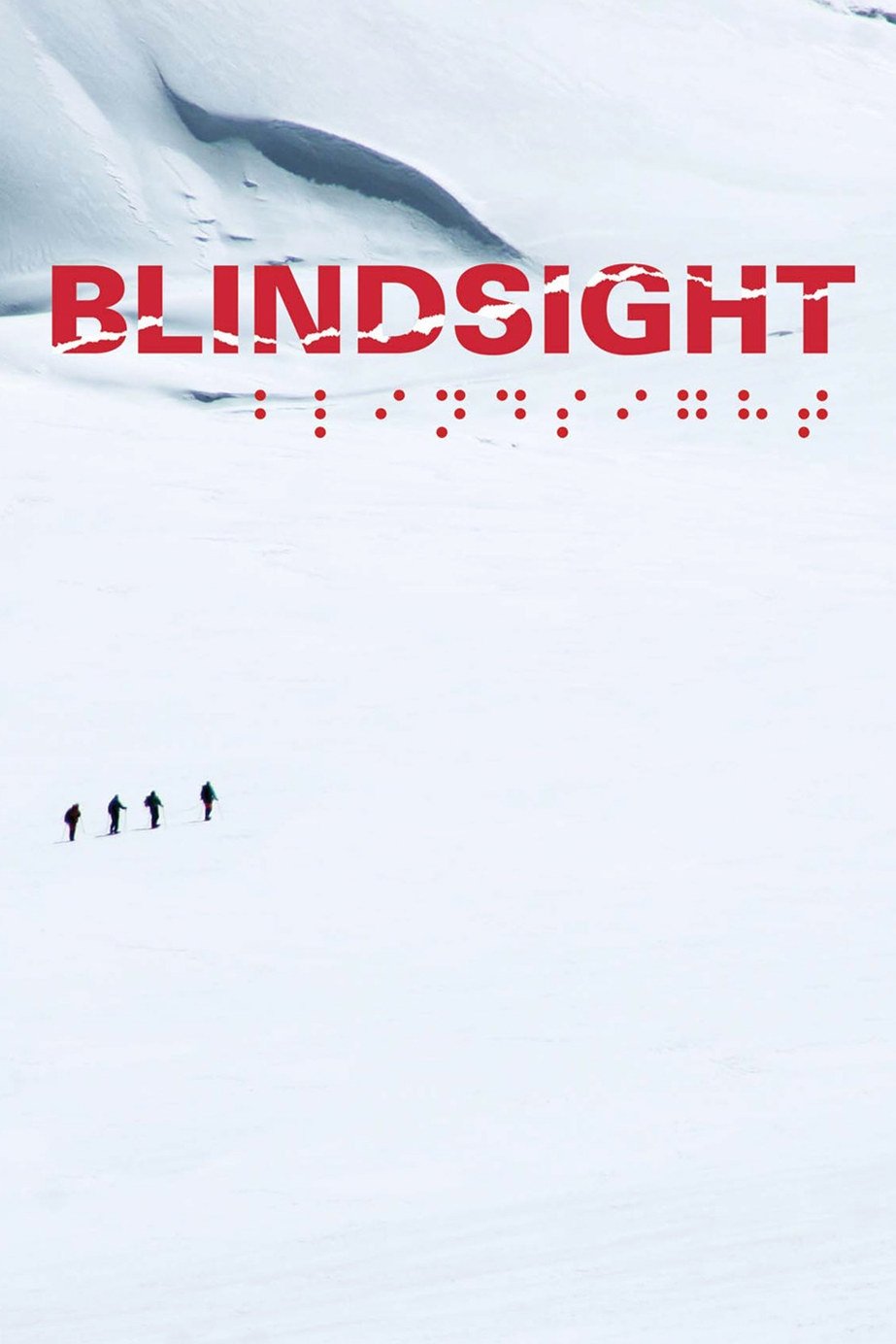
Blindsight
Released on: 2006-09-11
Documentary
Six blind Tibetan teenagers climb the Lhakpa-Ri peak of Mount Everest, led by seven-summit blind mou...
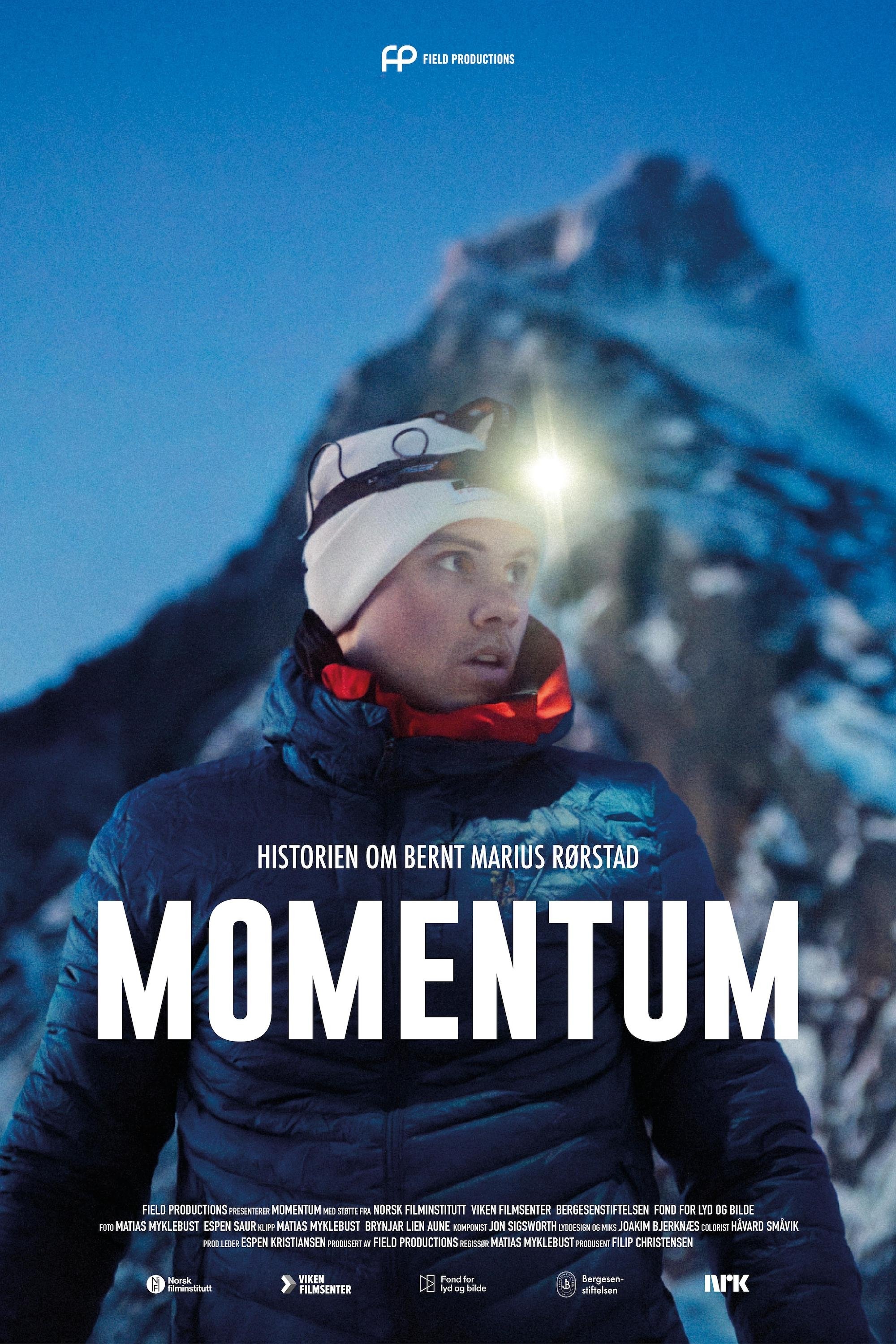
Momentum
Released on: 2024-11-13
Documentary
After a life-changing extreme sports accident and leg amputation, 21-year-old Bernt Marius sets out ...

Dirtbag: The Legend of Fred Beckey
Released on: 2017-05-26
Documentary
Fred Beckey is the legendary American "Dirtbag" mountaineer whose name is spoken in hushed tones aro...
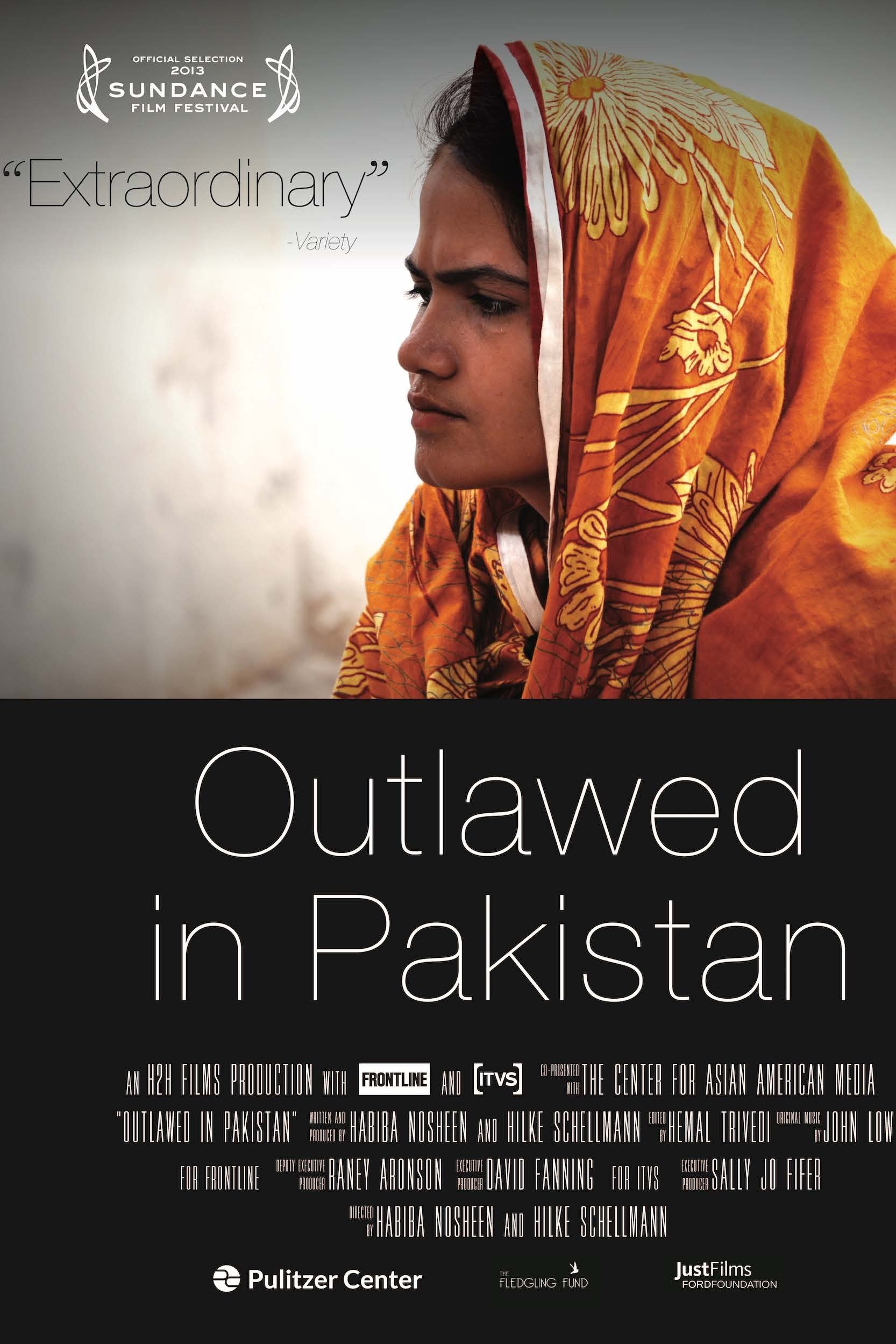
Outlawed in Pakistan
Released on: 2013-01-01
Documentary
Outlawed in Pakistan tells the story of Kainat Soomro as she takes her rape case to Pakistan's deepl...

Together
Released on:
Documentary
Humans are inherently social beings, which is why they tend to organize themselves into groups that ...
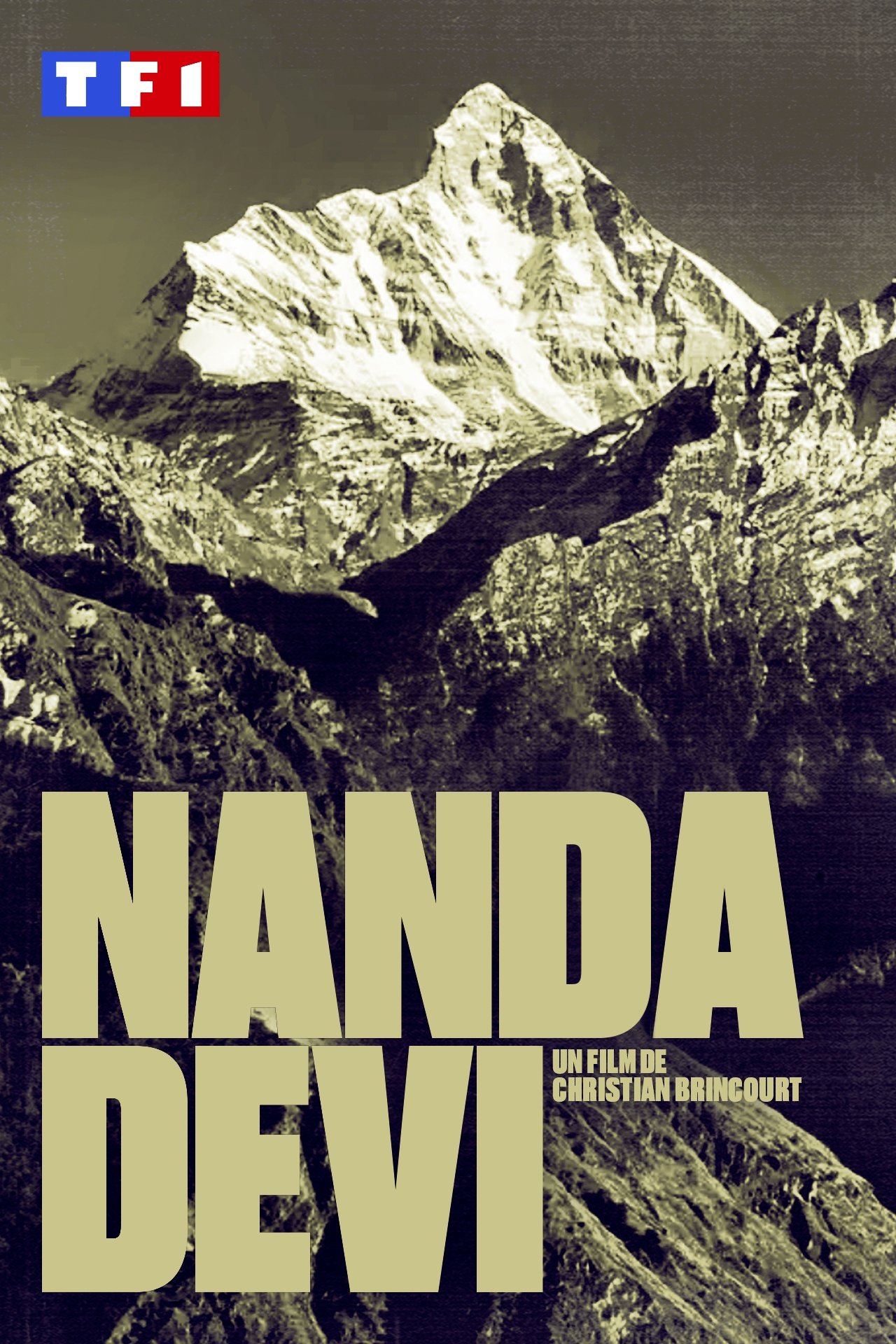
Nanda Devi
Released on: 1975-01-01
Documentary, Adventure
In 1975, Raymond Renaud, Yves Pollet-Villard, Maurice Gicquel, Maurice Cretton, Jean Coudray, Yvon M...
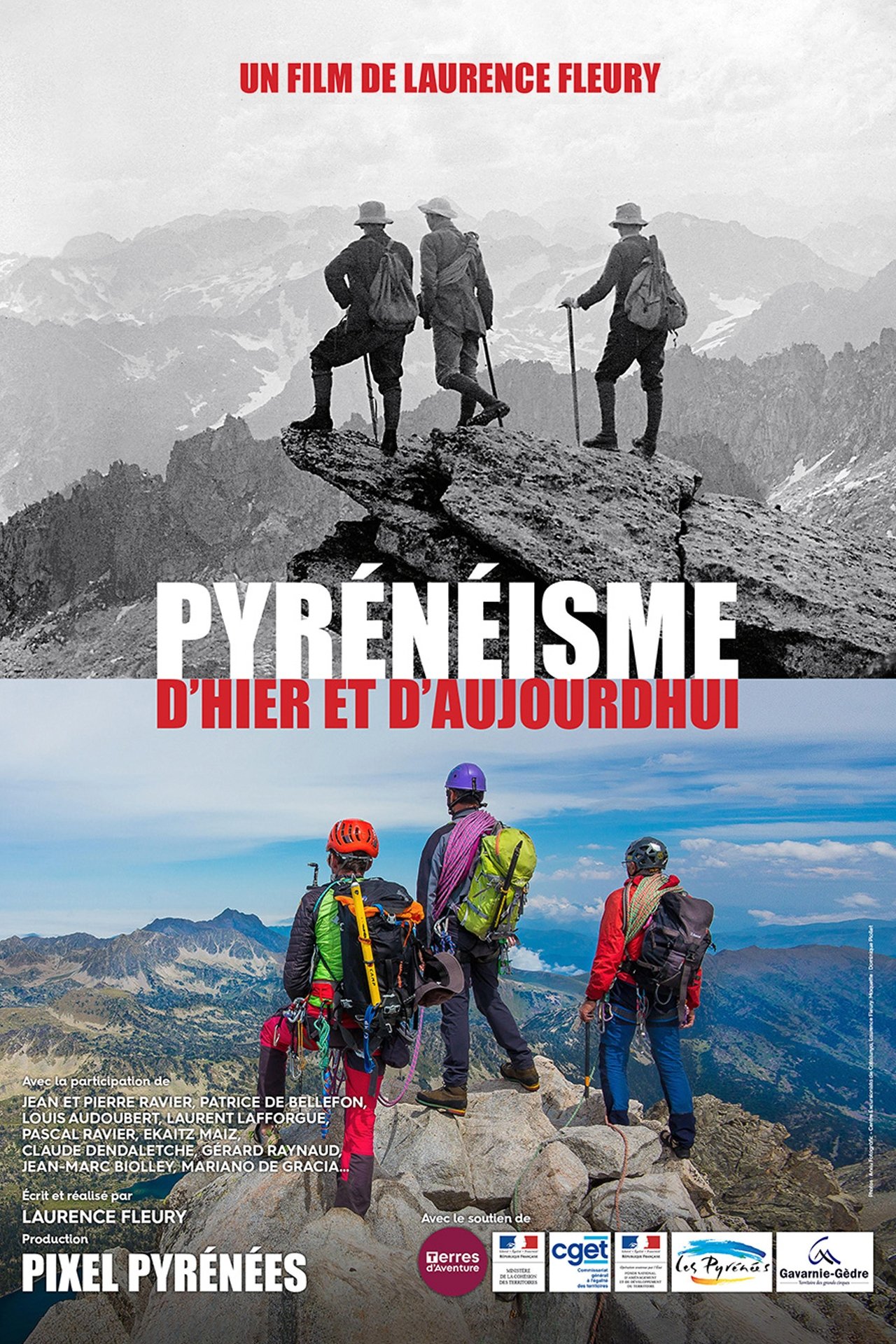
Pyreneism Yesterday And Today
Released on: 2019-01-01
Documentary
The word Pyreneism was invented by the writer Henri Beraldi at the end of the 19th century. Its defi...
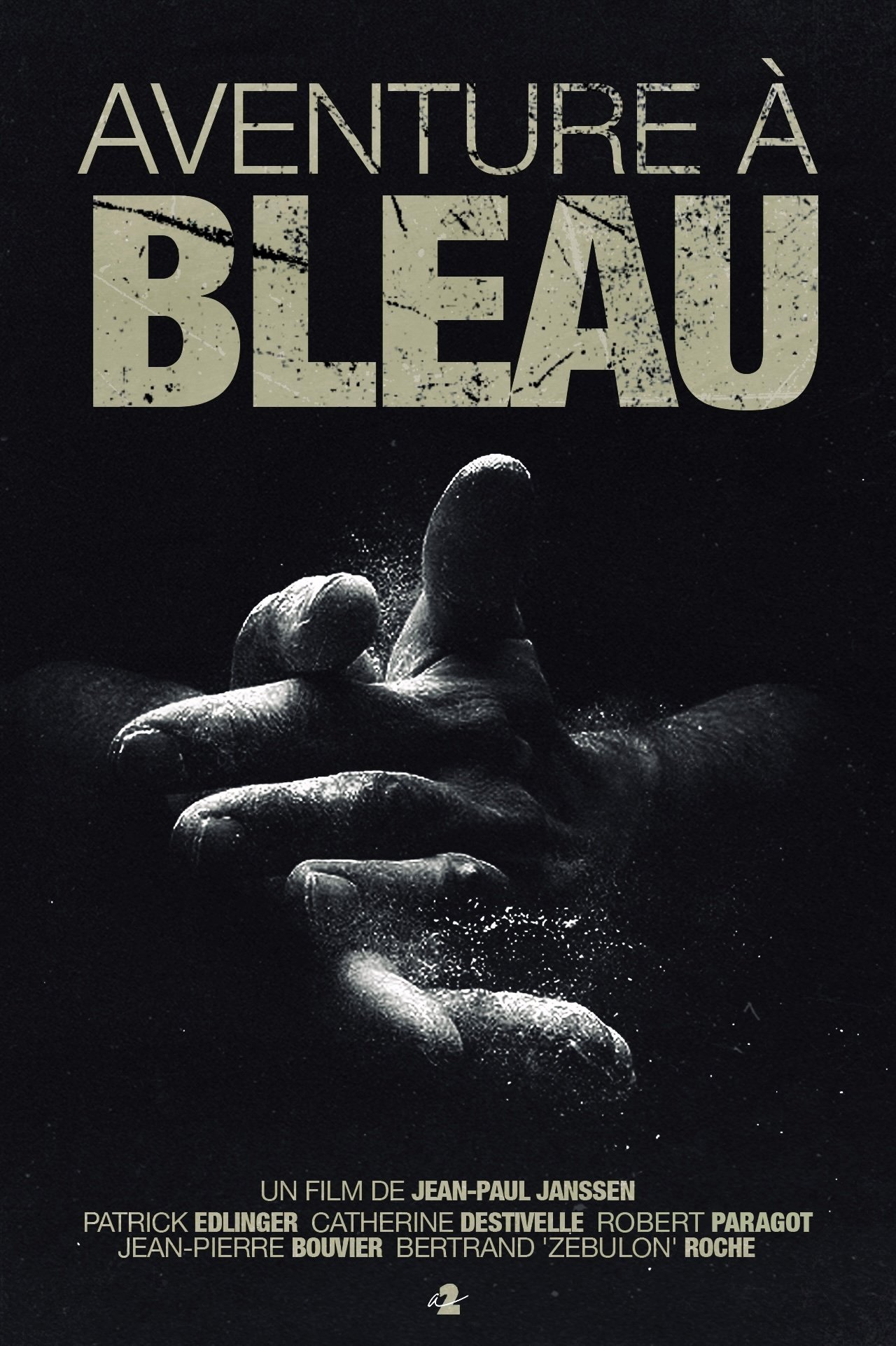
Aventure à Bleau
Released on: 1980-01-01
Documentary, Adventure
Adventure in Bleau is a documentary about bouldering that takes place in Fontainebleau. Directed by ...
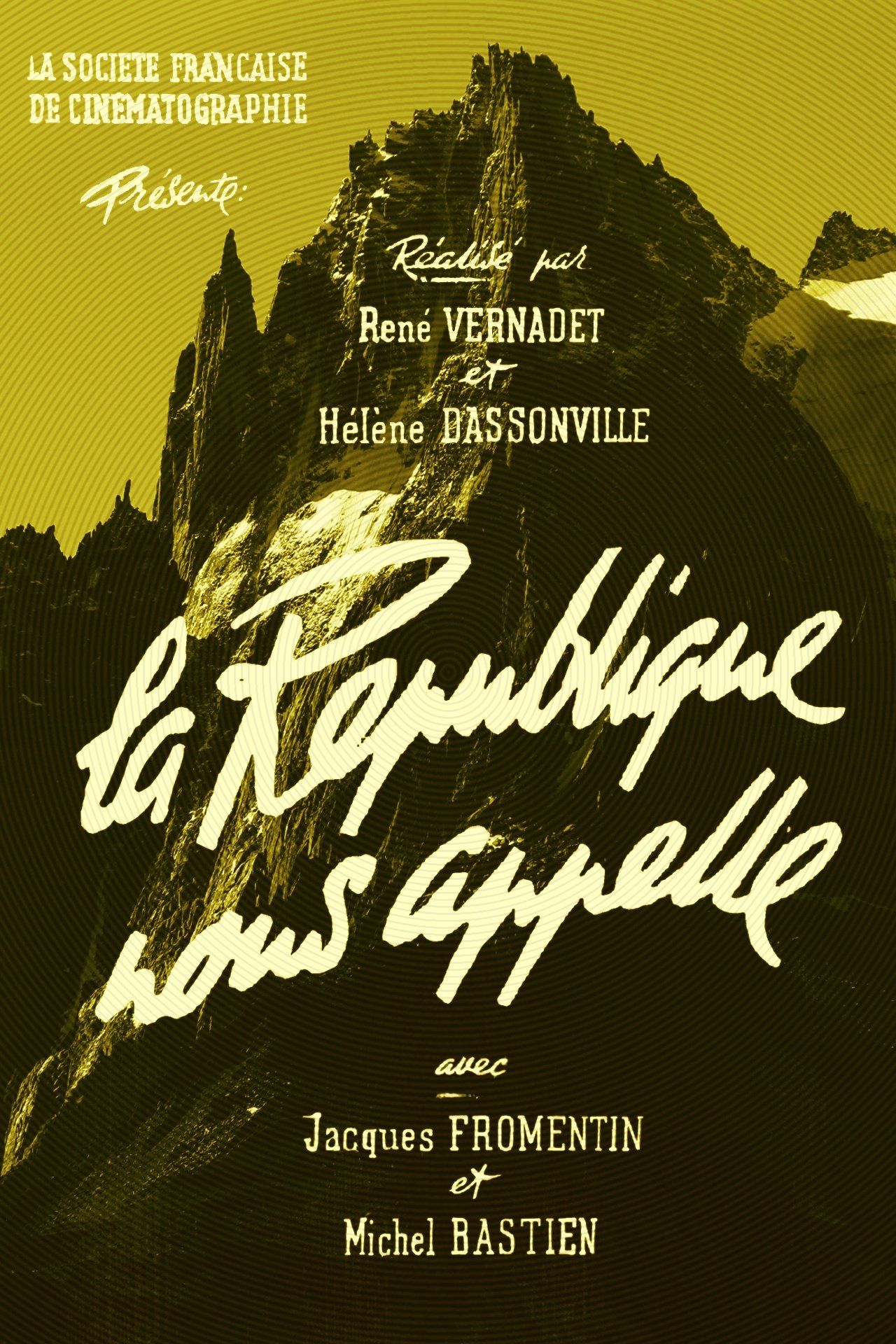
La République nous appelle
Released on: 1954-01-01
Documentary, Adventure
The story of the ascent of the Aiguille de la République by mountaineers Jacques Fromentin and Miche...
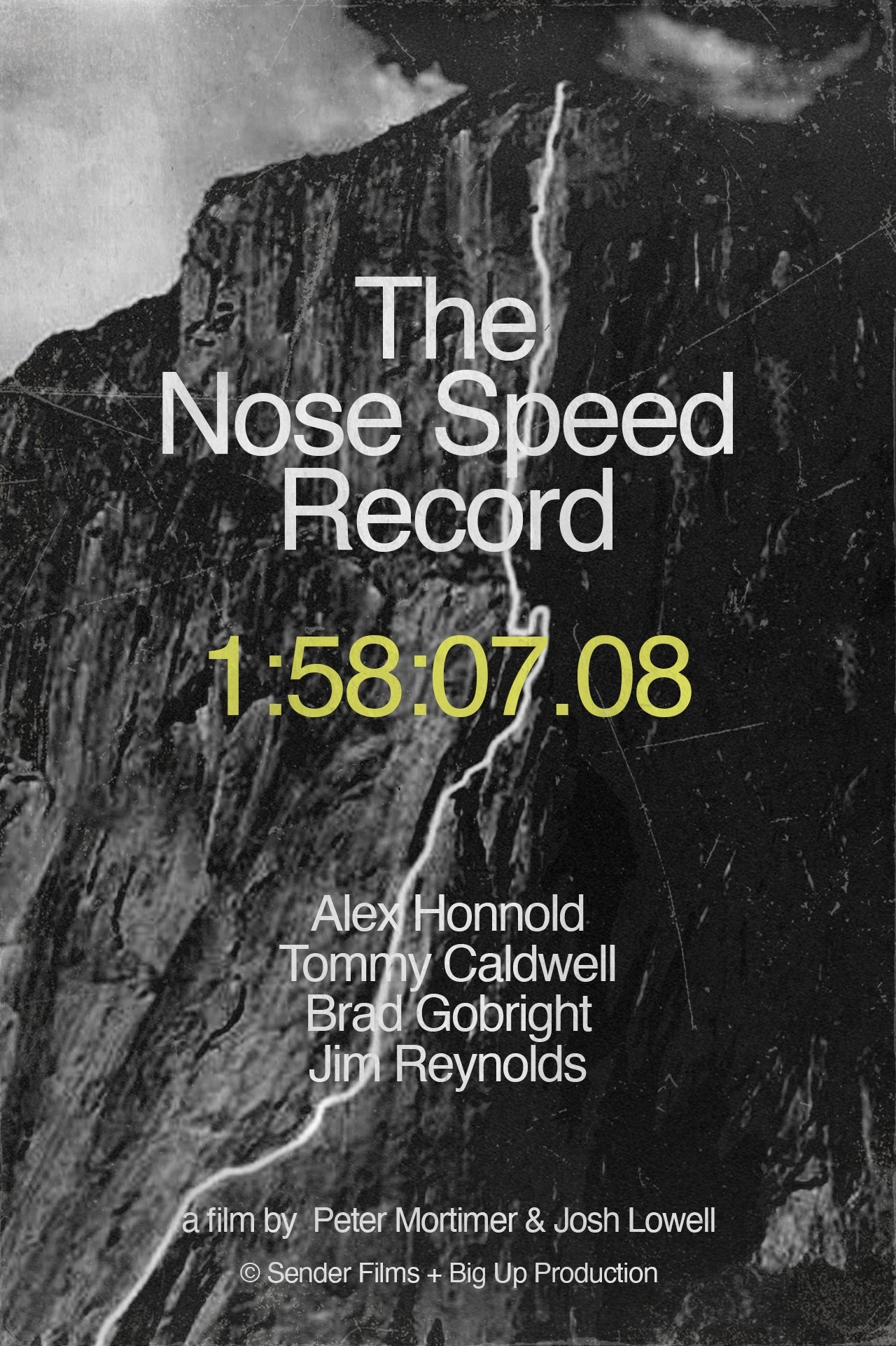
The Nose Speed Record
Released on: 2019-10-17
Documentary, Adventure
For decades, an elite handful of climbers have competed for the coveted speed record on the 3,000-fo...
